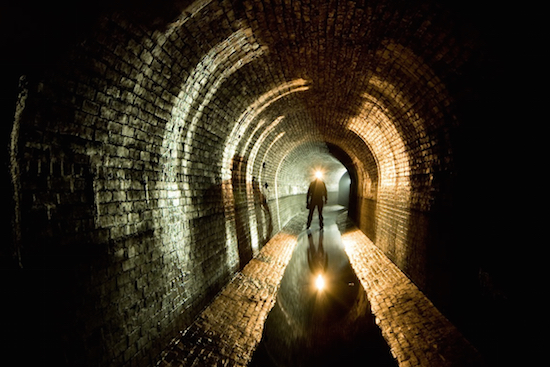A Talk With Steve Duncan: Brooklyn’s urban explorer, daredevil and sewer man

Speaking with Steve Duncan, it’s hard to keep up with all of his exploits. Whether he’s causing a traffic jam by climbing a New York City bridge or being swarmed by military police outside the Moscow Kremlin, one thing is for sure: his life is anything but ordinary.
A typical weekend for Duncan, 37, involves climbing bridges, scaling skyscrapers, sloshing through sewers, exploring decrepit mental hospitals and rummaging in many other dilapidated buildings.
This is the exhilarating life of an Urban Explorer. Urban Exploration is a hobby where individuals or groups of people explore the lesser-known parts of an urban environment.

Brooklyn Boro
View MoreNew York City’s most populous borough, Brooklyn, is home to nearly 2.6 million residents. If Brooklyn were an independent city it would be the fourth largest city in the United States. While Brooklyn has become the epitome of ‘cool and hip’ in recent years, for those that were born here, raised families here and improved communities over the years, Brooklyn has never been ‘uncool’.